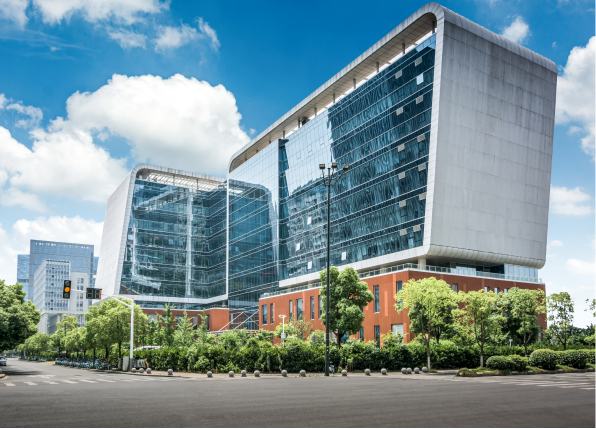Pulmonology
- Home
- /
- Pulmonology



The Pulmonology Department at Sunrise Hospital focuses on the diagnosis, treatment, and management of diseases and disorders related to the respiratory system. It deals with conditions affecting the lungs and airways, such as asthma, chronic obstructive pulmonary disease (COPD), pneumonia, tuberculosis, lung cancer, and various respiratory infections.
Sunrise hospitals , Experience, Expertise, Care

Quality of the Care Process, Communication, follow up, staff service.

Doctors were good and they treated my mother well..

I've just had a most enjoyable experience at Sunrise Hospital.

Dr. Nassar Yusuf provided me with expert consultation, demonstrating deep expertise and care.

The doctors and nurses and everyone cares about every patient..

Everyone on nursing duty at 3rd floor was very well behaved and very caring from admission to discharge they were truly angels on earth. Special thanks to Dr Gregory Sir and everyone who helped with the surgery..

Where Compassionate Care Meets Healing Excellence.
Your Pathway to Wellness Begins Here.